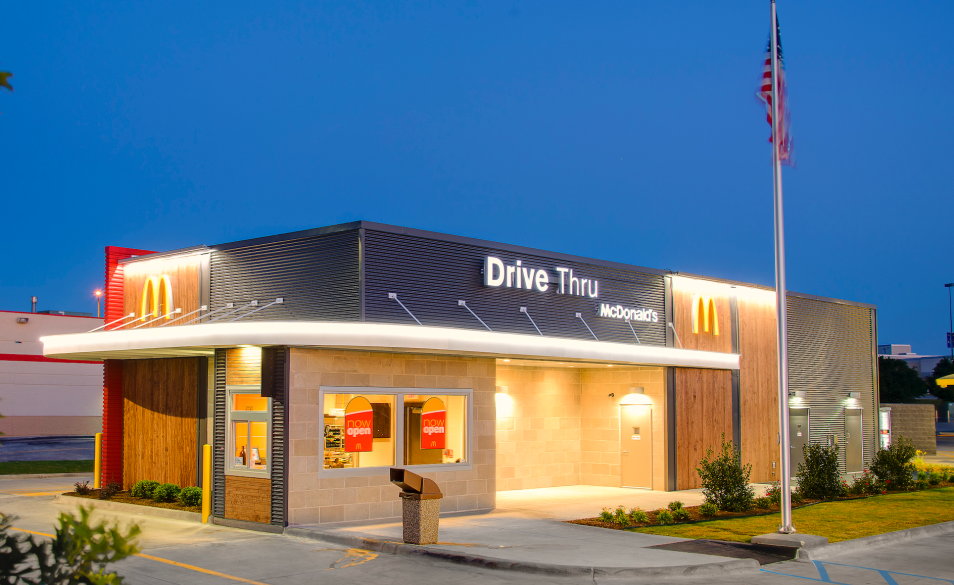The fast food price war is intensifying.
Major fast-food chains are adding cheaper combo and set menu options to lure customers back to their restaurants. McDonald’s announced on May 10 that it would sell a $5 combo that includes a McChicken or McDouble, chicken nuggets, fries, and a drink, while Wendy’s launched a $3 breakfast combo on May 21 that includes an egg and cheese sandwich, bacon or sausage, and fries. Meanwhile, Chili’s launched a burger in April that it says has “twice the beef in a Big Mac” for $10.99, compared with $13 to $20 for the company’s other burgers.
These sales come at a time when many consumers are cutting back on dining out. Though food price inflation has moderated, the price of eating out is up 1.1% from April 2023 to April 2024, according to the U.S. Bureau of Labor Statistics. But fast-food price increases are nothing new: A new study by FinanceBuzz found that 13 restaurants, including McDonald’s, are raising menu prices by an average of 60% between 2014 and 2024.
Coresight Research analyst Sujeet Naik told Modern Retail that McDonald’s and Wendy’s are taking a “step in the right direction” by offering value-based deals that appeal to lower- to middle-income customers. Such moves could help boost store traffic and increase revenue, he said.
Still, Ann Meszenga, co-CEO of Omni Talk Retail, told Modern Retail that customers of all income levels could benefit from these price points: A recent study by Alvarez & Marsal Consumer & Retail Group found that consumers, especially those with higher incomes, are looking to cut spending in nearly every category, including prepared foods.
Fast-food chains have been pointing to weak demand and customer traffic for months. McDonald’s in April reported a fourth consecutive quarter of slowing sales growth. “Consumers are facing rising prices for their everyday purchases and becoming more picky with each dollar they spend, putting pressure on the QSR industry,” McDonald’s CEO Chris Kempczinski said in an earnings call.
Analysts say that while fast-food value menus can drive traffic, they’re no guarantee of success. For starters, McDonald’s and Wendy’s new price sets are temporary: McDonald’s is only offering them for a month, while Wendy’s calls its deals “limited time.”
Second, lowering prices can be costly for fast-food brands. Earlier this month, the National Owners Association, an independent group for McDonald’s franchisees, said it needed “financial support” from McDonald’s to keep the $5 Value Menu going long-term. “A 30% discount is not profitable enough to make this model sustainable,” the association said in a letter to its members, according to CNBC.
Meszenga told Modern Retail that retailers and QSRs need to come up with ways to make up for losses they incur with promotions like deals, while Naik advised restaurants to regularly introduce new menu items to pique consumer interest or implement loyalty programs to encourage repeat customers.
Meanwhile, many restaurants are raising prices due to factors including labor shortages, inflation and employee wages. In California, a new law requires fast-food workers to be paid $20 an hour. Chipotle has responded by raising its prices in California by 6 to 7 percent, the company’s CEO said last month.
But customers aren’t always willing to pay higher prices. In February, Wendy’s customers criticized the company after CEO Kirk Tanner said its new menu board technology would allow restaurants to experiment with “dynamic pricing and time-of-day offers.” Essentially, dynamic pricing allows restaurants to change the price of items depending on specific marketing conditions, while time-of-day offers relate to what items are on sale and when during the day. Wendy’s clarified its position, saying it doesn’t practice surge pricing, which raises prices when demand is highest.
Finding the right pricing formula can be tricky. Given the high costs of doing business, Mezzenga said, “the current operating model is not sustainable” for QSRs. Just as customers pay for the convenience of last-mile delivery through Uber Eats or DoorDash, she said it’s the same for QSRs: “If you want the convenience of being able to go to Taco Bell at 2 a.m., you might have to pay more for that.”


